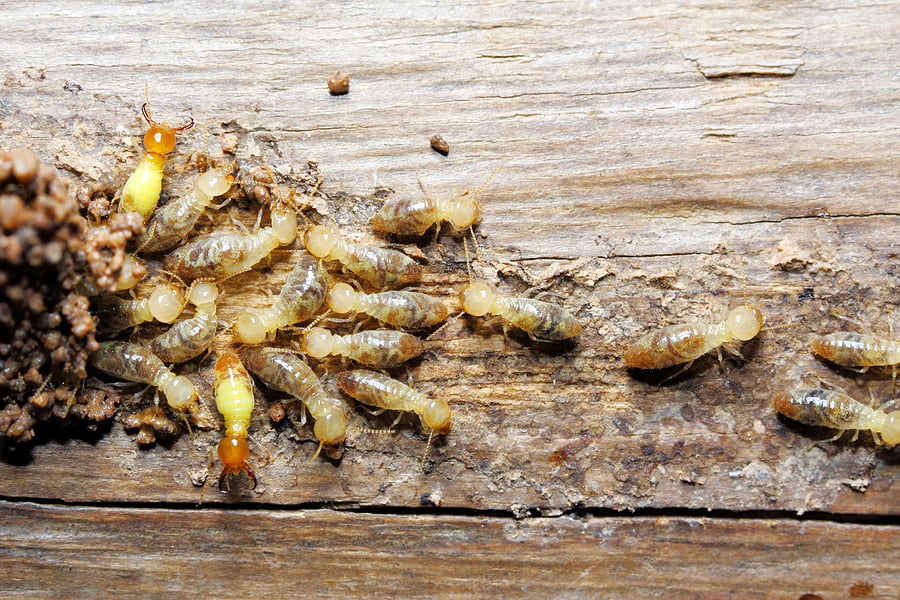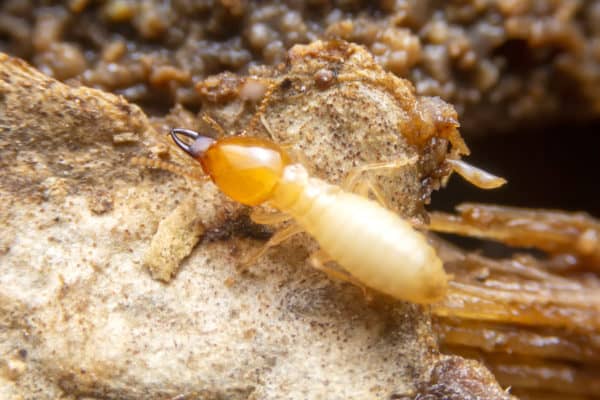READY TO GET STARTED?
REQUEST A FREE ESTIMATE
Fill out the form below or call (888) 466-7849 for a free, no-obligation estimate.

Termites cause serious and severe damage to homes, destroying the structure and integrity. The damage termites cause can be very expensive to repair, making it essential for every homeowner to recognize termite types and the prevention methods for each.
There are two main termite species in the South Florida area that can pose a major threat to your home, subterranean and drywood termites. Subterranean termites typically swarm in the spring but have been known to swarm at any time of the year. These termites live in colonies underground but will go above ground to retrieve food by building tunnels called mud tubes. In order to survive, they need moisture. You can find these termites in baseboards, inside crawl spaces, wooden beams, and more.
Drywood termites are social insects that also live in colonies. However, they create their colonies in wood, with no needed connection to the ground. While subterranean termites need moisture, drywood termites do not. You can find these termites in furniture, banisters, hardwood floors, and more.
Taking the time to place do-it-yourself preventative measures throughout your home is a great way to get a head start on termite control. You can prevent termites by:
If you suspect you have a termite problem or want to get ahead of termite control, contact our local office for termite control near you, who can provide you with a free termite inspection.

Home projects ramp up with the new year; out with old and in with new renovations. One thing homeowners should consider is pest protection that secures not only those new projects, but also their largest investment: their home.
Termites work in secret: staying out of sight, tunneling underneath homes, or even worse, inside the home’s structure. Depending on the region where the home is located, weather will play a crucial role in the type of termite species that can invade.
Subterranean termites are considered to be one of the most destructive types of termites. Found in every state in the U.S., they use “mud tubes” from the ground reaching up to the structure. They work to damage structures, weakening them bit by bit by eating 24 hours a day, every day.
Formosan termites are the most destructive of the subterranean species. Working and invading from the ground up, Formosans make up large colonies. Found mostly in the southeast, they can chew through insulation, utility poles, and even wires and cables.
Drywood termites are the sneakiest species as they do not need soil to survive. They are brought into homes in wood furniture, so caution and careful inspection should be taken when purchasing secondhand furniture.
Homeowners should take special care to eliminate areas of moisture as this is a huge attractant to the home for termites. An annual termite inspection with a licensed pest control company is highly recommended to find areas of damage and potential infestation sites and determine a proper prevention and treatment plan.